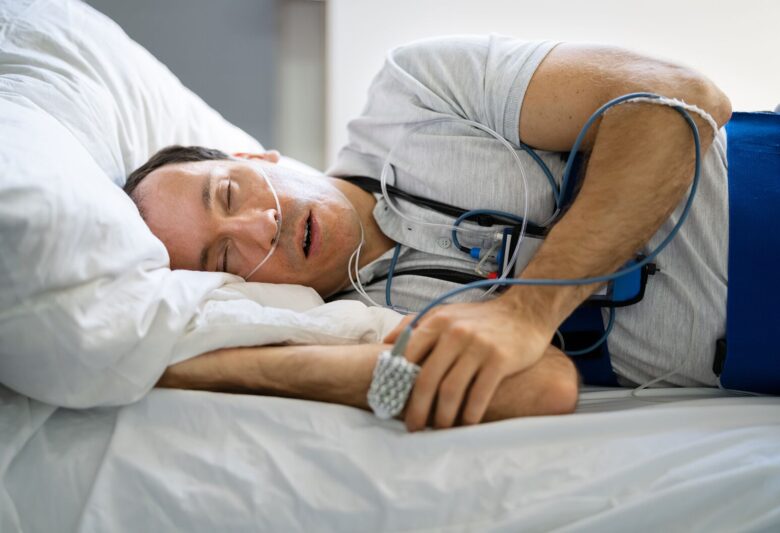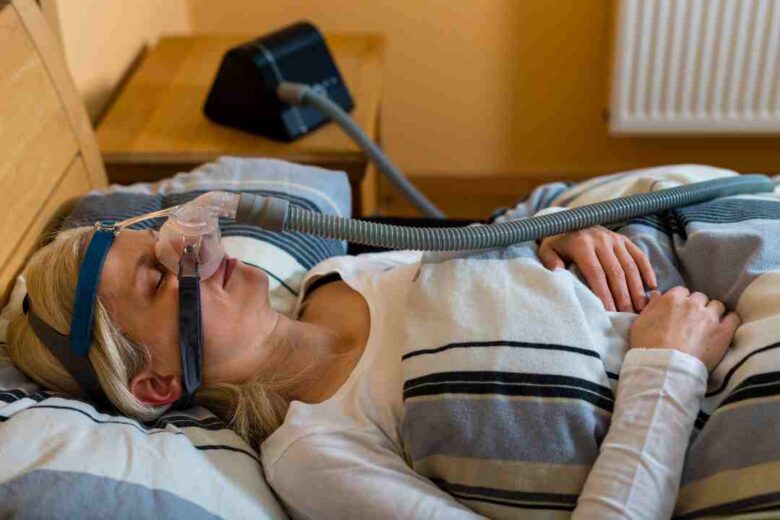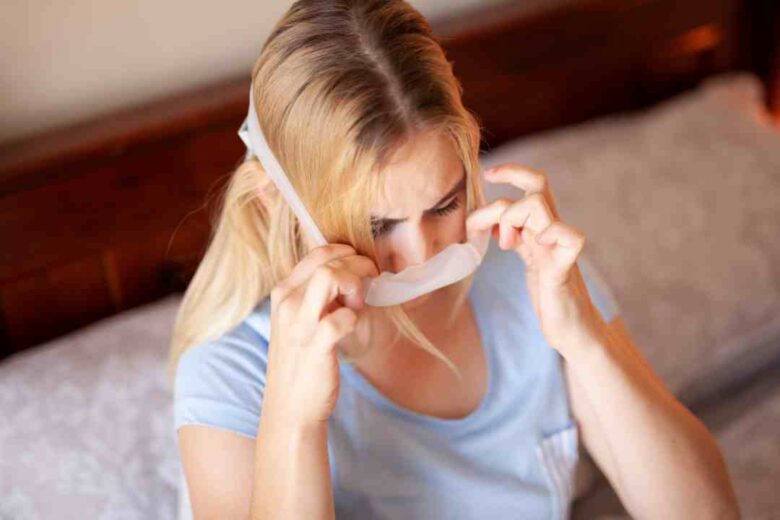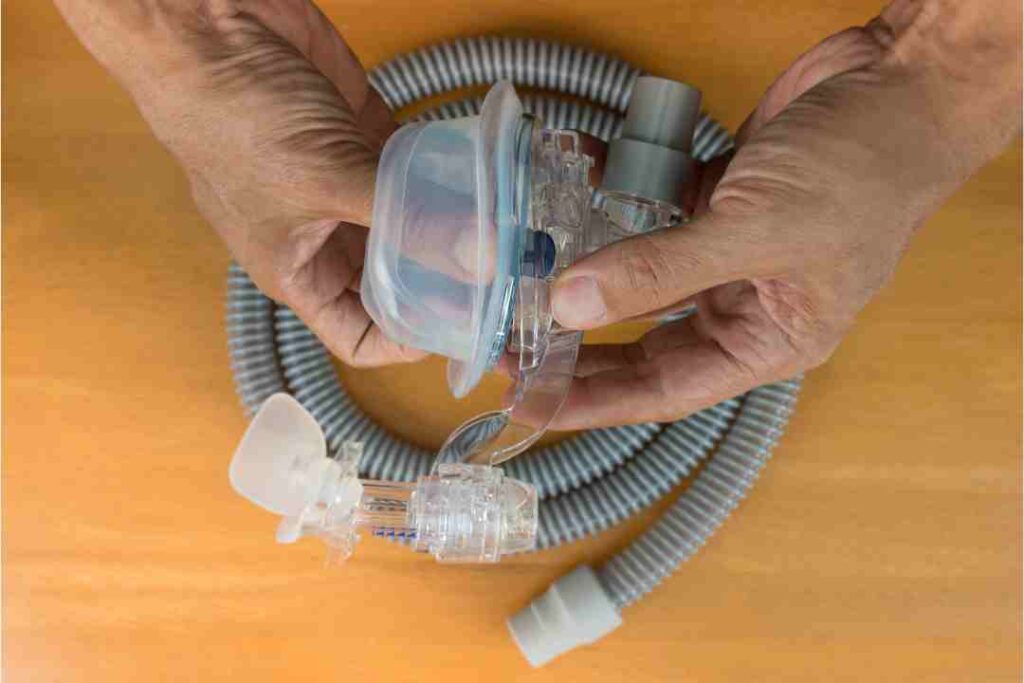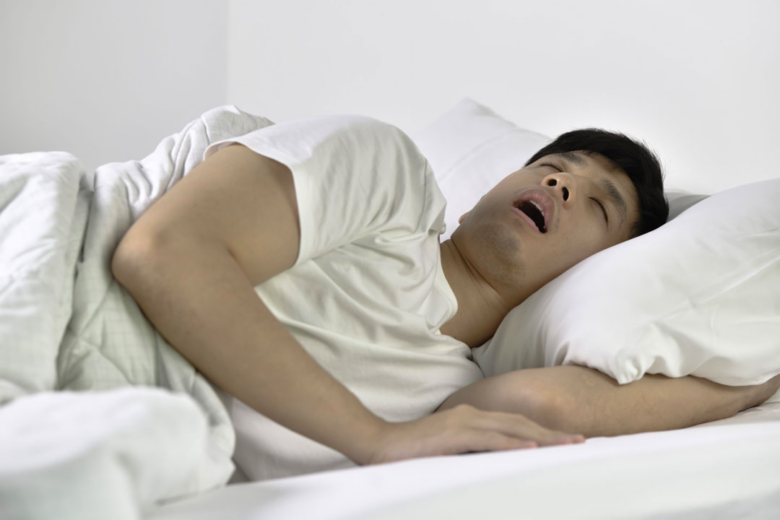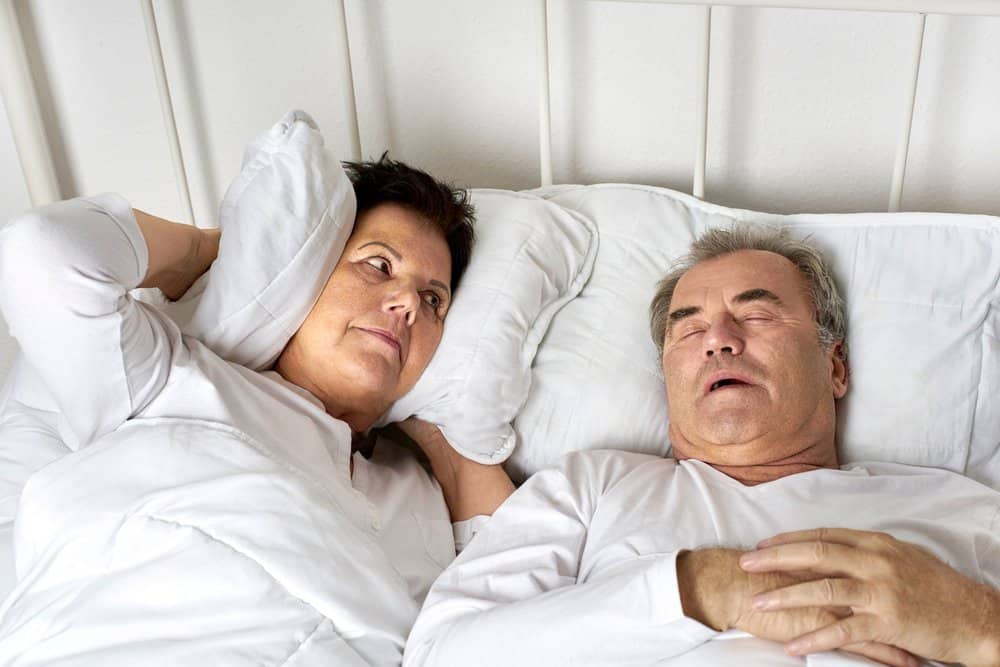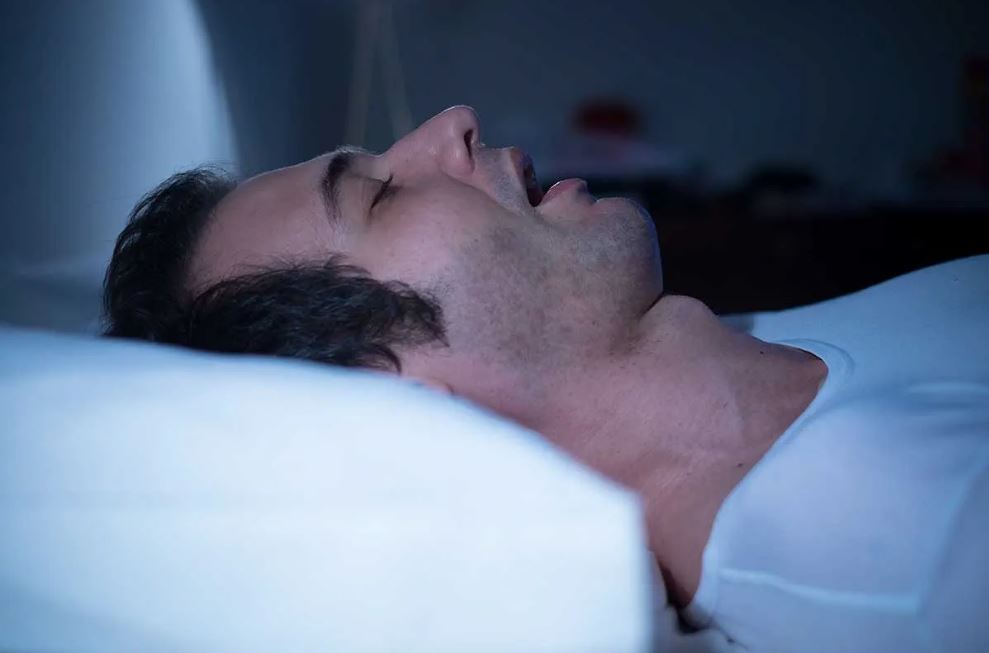Introduction: Breathing Easier at Night
Sleep apnea isn’t just about snoring — it’s a potentially dangerous sleep disorder where breathing repeatedly stops and starts during the night. Each pause in breathing reduces oxygen levels in the blood and forces the body to wake up briefly to resume breathing. These interruptions may happen dozens, or even hundreds, of times per night.
Over time, untreated sleep apnea can lead to serious health problems, including high blood pressure, heart disease, stroke, and type 2 diabetes. For many people, CPAP therapy (Continuous Positive Airway Pressure) is the gold-standard treatment. It helps keep the airway open so breathing remains steady all night, improving both sleep quality and long-term health.
Causes of Sleep Apnea
Sleep apnea comes in several forms, but the most common is Obstructive Sleep Apnea (OSA). This happens when the muscles in the throat relax too much during sleep, narrowing or blocking the airway.
1. Excess Weight
Extra fatty tissue, particularly around the neck and upper airway, can make breathing passages narrower. Even moderate weight gain can raise the risk significantly.
2. Airway Anatomy
Some people are born with a naturally narrow throat, enlarged tonsils, or a large tongue that can block airflow during sleep.
3. Age and Gender
Men are more likely to develop sleep apnea than women, but the risk for women increases after menopause. It also becomes more common as we age.
4. Lifestyle Triggers
- Alcohol relaxes throat muscles, making airway collapse more likely.
- Smoking irritates and inflames the airway, contributing to blockages.
- Sedatives reduce muscle tone in the airway, increasing the chance of obstruction.
5. Other Health Conditions
Nasal congestion, hormonal disorders like hypothyroidism, heart problems, and neurological conditions can all contribute to sleep apnea.
See more: Home Sleep Study Services in Canberra: Comfort Meets Accuracy
Symptoms of Sleep Apnea
Recognizing sleep apnea can be tricky because many symptoms happen while you’re asleep. Still, both obvious and subtle signs can point to the problem.
1. Loud Snoring
Not all snorers have sleep apnea, but loud, chronic snoring — especially when punctuated by pauses — is a strong warning sign.
2. Gasping or Choking in Sleep
These moments often go unnoticed by the sleeper but are commonly reported by partners.
3. Daytime Fatigue
Feeling tired even after a full night’s rest is one of the most common complaints.
4. Morning Headaches
Reduced oxygen levels at night can cause blood vessel changes that trigger headaches upon waking.
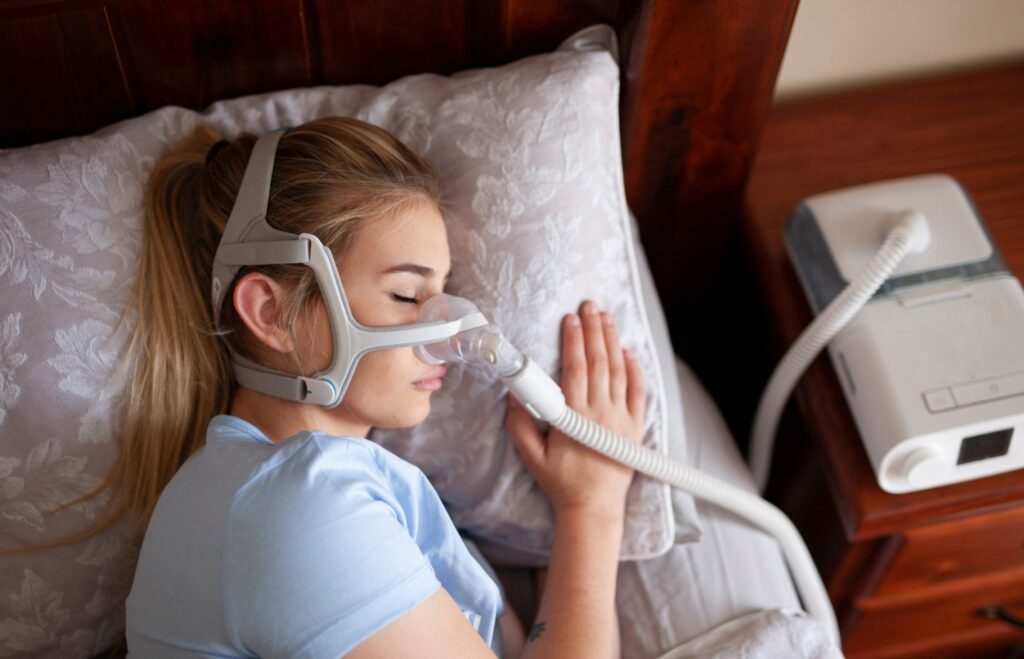
5. Difficulty Concentrating
Poor-quality sleep affects mental clarity, memory, and decision-making skills.
6. Mood Changes
Irritability, anxiety, and even depression can stem from prolonged sleep disruption.
Example scenario: Sarah, a 45-year-old teacher, thought her constant tiredness was just a side effect of her busy schedule. But her husband noticed she often stopped breathing for several seconds at night. A sleep study confirmed severe sleep apnea. After starting CPAP therapy, she found her mood and focus dramatically improved.
Treatment Options for Sleep Apnea
The best treatment for sleep apnea depends on its severity and the individual’s health needs.
1. CPAP Therapy
Continuous Positive Airway Pressure is the most widely prescribed and effective treatment for moderate to severe sleep apnea.
- How It Works: A CPAP machine delivers a constant stream of air through a mask, keeping the airway open so breathing is uninterrupted.
- Types of Masks:
- Nasal masks cover only the nose.
- Full-face masks cover both nose and mouth, ideal for mouth breathers.
- Nasal pillows fit directly into the nostrils for a lighter feel.
- Benefits: Restored oxygen levels, better quality sleep, reduced risk of heart complications, improved daytime alertness, and often, lower blood pressure.
- Adjusting to CPAP:
- Start by wearing the mask for short periods during the day to get used to the sensation.
- Use a humidifier attachment to prevent dry mouth or nasal passages.
- Work closely with your provider to ensure the right mask fit and air pressure settings.
2. Oral Appliances
For mild to moderate cases, dentists can create custom-fitted devices that move the jaw or tongue forward to keep the airway open.
3. Surgical Options
Surgery may be considered when anatomy is a major cause, such as enlarged tonsils, severe nasal blockages, or jaw structure issues.
4. Lifestyle Changes
- Lose weight to reduce airway pressure.
- Avoid alcohol and sedatives before bedtime.
- Sleep on your side instead of your back.
- Address nasal congestion through allergy management or decongestants.
What to Expect When Starting CPAP Therapy
Transitioning to CPAP can feel strange at first, but understanding what’s ahead makes it easier.
1. The Sleep Study
Before starting CPAP, most people undergo a sleep study (either at home or in a clinic) to diagnose sleep apnea and determine the right pressure settings.
2. Mask Fitting
Choosing the right mask is key to comfort and effectiveness. A poorly fitting mask can cause air leaks, discomfort, and reduced treatment success.
3. First Nights
It’s normal to feel awkward with the mask initially. Some people experience mild discomfort, dry mouth, or nasal congestion in the first week — but these usually improve as you adjust.
4. Gradual Improvement
Within days or weeks, most people notice better sleep quality, more energy, and improved mood. Over time, CPAP also reduces the risk of heart problems, stroke, and other complications linked to sleep apnea.
5. Regular Maintenance
Keeping the equipment clean is essential. Masks, tubing, and filters should be cleaned regularly and replaced as recommended.
Conclusion: A Lifesaving Breath of Fresh Air
Sleep apnea doesn’t just rob you of a good night’s sleep — it puts your heart, brain, and overall health at risk. CPAP therapy remains the most effective way to treat moderate to severe cases, offering life-changing benefits in both the short and long term.
If you suspect you might have sleep apnea — whether due to snoring, daytime exhaustion, or a partner noticing pauses in your breathing — don’t ignore the signs. A simple sleep study can confirm the diagnosis, and with the right treatment, you can reclaim restful nights and protect your health for years to come.
Your best sleep — and a healthier future — could be just one well-fitting CPAP mask away.

